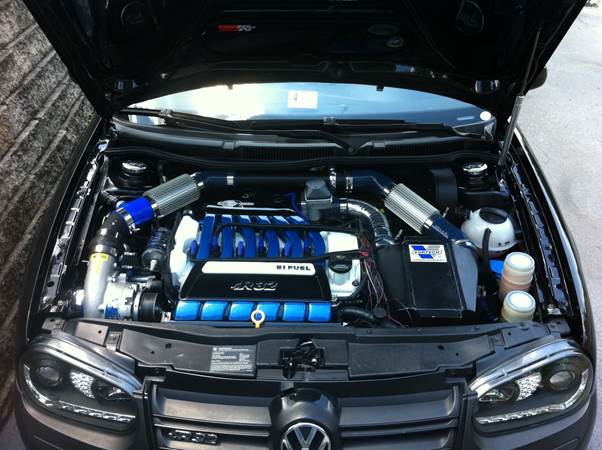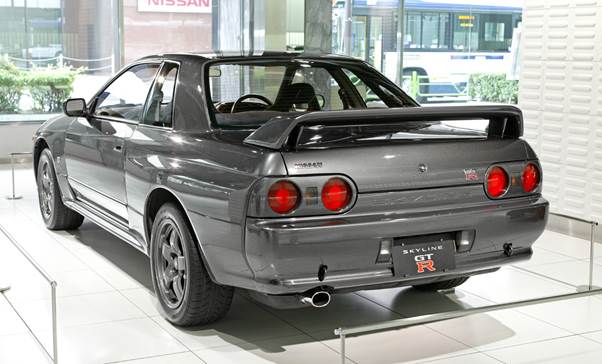The NHTSA's 25-year rule means that vehicles sold
in 1989 or earlier are now fair game for importation into the U.S. If all is
right with your brain, when you think of 1989 you think of Nissan's
introduction of the R32 Skyline
The 25th anniversary of Nissan's R32
Skyline GT-R hasn't just gotten you all riled up about one of the finest sports
cars to ever come from Japan, it's also lent itself to becoming the spokes car
for importing just about anything else into the U.S.
There are two reasons for this: The federal government
allows overseas vehicles to be legally imported once 25 years old, but also
because just about every other Japanese sports car you care about hasn't yet
come of age. As it turns out, the NHTSA (National Highway Traffic Safety
Administration) approves a whole new series of cars every year, which means any
previously required federal safety standards that new cars have to comply with
are now waived.

As it turns out,
the NHTSA (National Highway Traffic Safety Administration) approves a whole new
series of cars every year, which means any previously required federal safety
standards that new cars have to comply with are now waived.
In other words, the GT-R's two-and-a-half-decade-old
headlights and bumper beams are all of a sudden OK. The whole rule sounds
simple enough, but like any federal program worth its weight red tape, the
process and its labyrinth of rules and clauses are more muddled than you think.
Just because the federal government says you can have a 1989
GT-R now doesn't mean it'll be easy to get one, and if you live in California,
the process of registering one is even harder. Start by asking the NHTSA's DOT
(Department of Transportation), and they'll tell you the R32 was unfit for
American roads by 1989's standards. This has everything to do with the fact
that Nissan simply had no intention of selling the car here, which
means it wasn't built to meet the federal government's minutiae of
safety and emissions standards, and nothing to do with the fact that it isn't
capable of compliance. Follow the NHTSA Code of Federal Regulation's fine print
and gobbledygook long enough and sooner or later you'll come across section
49CFR591.5 (i), where it says that, 25 years later, shipping your very own 1989
R32 stateside is now okay. According to the NHTSA, the importation process
begins with form HS-7, which you can download from its website, where the
importer must declare that the vehicle is indeed at least 25 years old. It
doesn't end there, though. Not by a long shot.

Start by asking
the NHTSA's DOT (Department of Transportation), and they'll tell you the R32
was unfit for American roads by 1989's standards.
Besides the NHTSA, the EPA (Environmental Protection Agency)
also has something to say about your GT-R. Lucky for you, though, if you've
waited out the quarter century that the NHTSA says you should, the EPA's
21-year standoff is pretty much moot. Like the NHTSA's HS-7 form, the seller
also has to complete form 3520-1 from the EPA, which basically says that the
car is at least 21 years old and unmodified. That's right, unmodified;
according to the EPA, the vehicle must be in its original condition, free of
turbo swaps or any other sort of upgrades you might've hoped it had.
If you wanted to import an R32 Skyline last year on its 24th
birthday, you'd have been in for all sorts of complexities and figurative
roadblocks, not unlike what anybody from California can expect today when attempting to register one, despite the
25-year federal caveat. That's mostly because of the difference between
importation and registration.
In short, they aren't the same, and just because the NHTSA
and EPA say they're OK with you roaming around San Diego in a GT-R doesn't mean
California's Air Resource Board (CARB) or its Department of Motor Vehicles
(DMV) agrees. As it turns out, they most certainly do not.
For starters, like any government bureaucracy, none of them
communicate with one another, let alone agree on any guidelines relating to vehicle
importation (a la the NHTSA’s 25-year rule versus the EPA’s 21). To legally
register an imported vehicle in California, it’s got to pass a stringent
emissions test, and it’s got to meet the state’s Direct Import requirements.
Forget everything the NHTSA or EPA has told you; here, anything built during or
later than 1975 has to meet a whole new set of rules, which means all sorts of
expensive testing has to be taken care. This can be especially difficult and
costly, not just because California’s smog test centers don’t know anything
about the R32 Skyline, but because Nissan’s RB series of engines doesn’t exist
as far as the state is concerned. It starts with a bunch of guys in lab coats
and the most complex emissions test you’ve ever seen, which can cost you as
much as $1,500 per visit.

For starters, like
any government bureaucracy, none of them communicate with one another, let
alone agree on any guidelines relating to vehicle importation (a la the NHTSA’s
25-year rule versus the EPA’s 21).